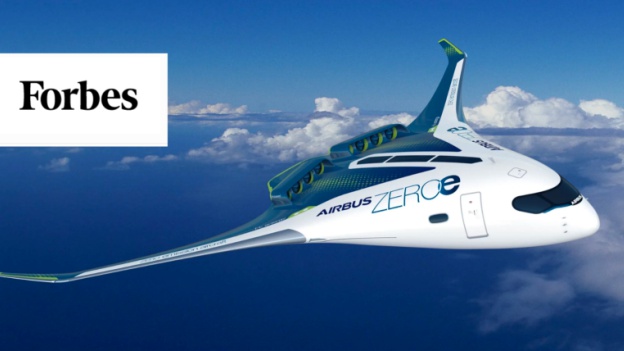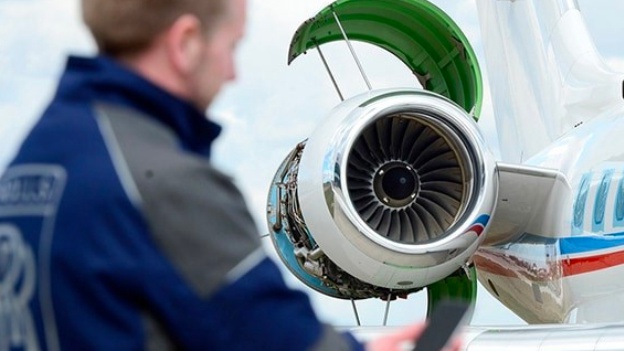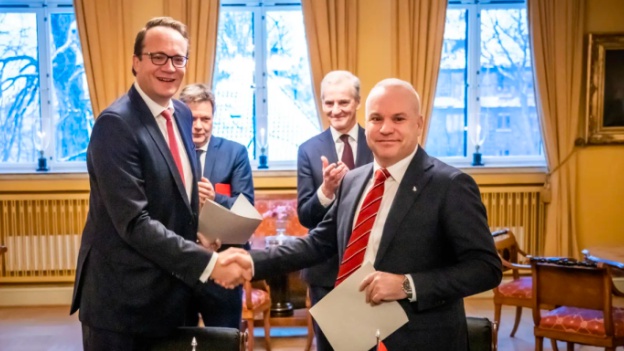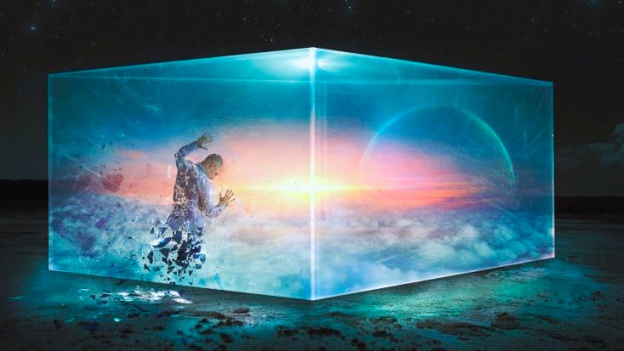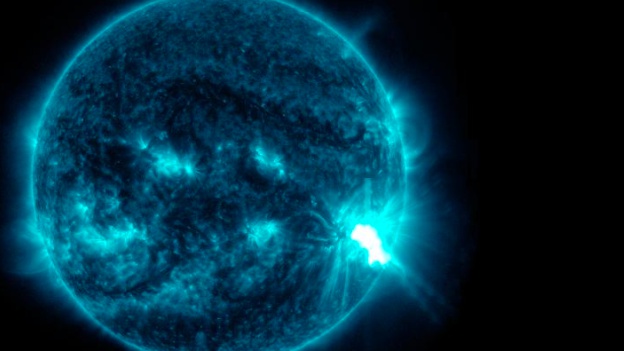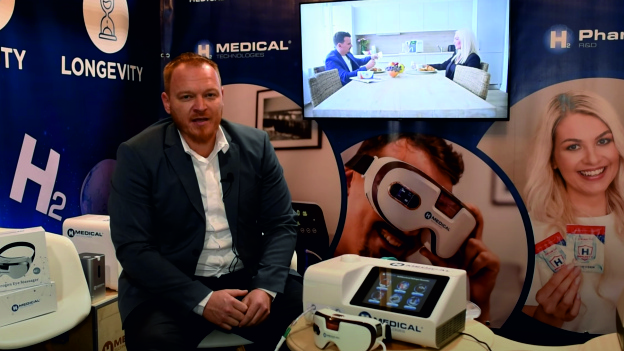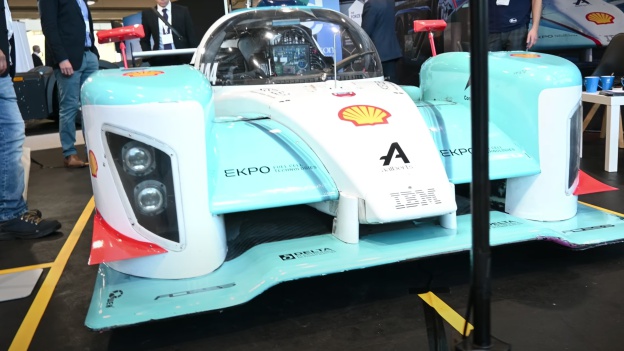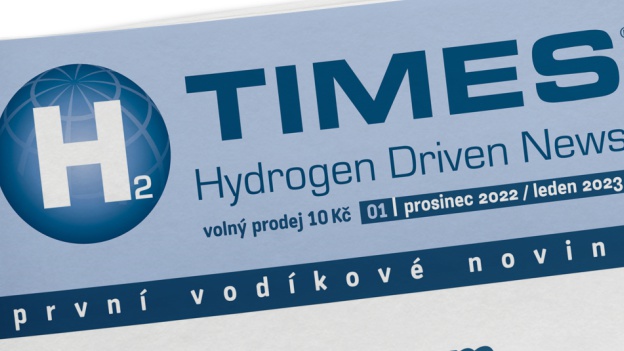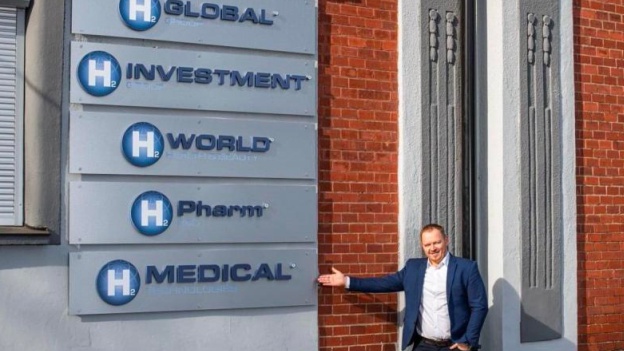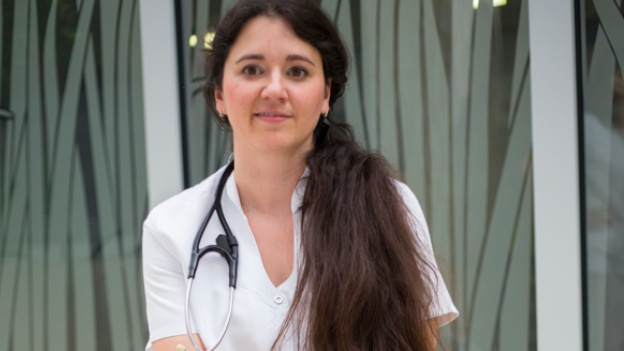For several months now, 20 teams of Australian high school students have been building fuel cell cars to compete in the 1st Hydrogen Grand Prix. The students are preparing for the big day in April 2023, when these remote-controlled cars will race for four hours in Gladstone, Queensland's port city. The challenge is the same for all students: make the most of a 30-watt fuel cell and 14 grams of hydrogen gas.
This is just a small example of what Queensland, Australia's "hydrogen" is now living. Let's take a look at two more...
A few months later, and about 800 kilometres further up the Queensland coast, Ark Energy intends to use the same basic hydrogen and fuel cell components - albeit at more than 3,500 times the scale! Ark Energy expects to pull off a pretty cool stunt: five of the world's largest fuel cell trucks are to transport concentrated zinc ore and finished ingots between the zinc refinery and the nearby port of Townsville. The zero-emission trucks will carry 50kg of hydrogen extracted from water using electricity from the refinery's solar power plant.
Ark Energy's project is part of a major clean energy campaign in Australia by its parent company, metals refining giant Korea Zinc.
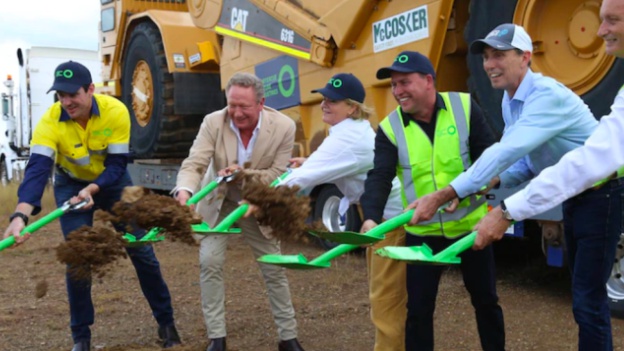
Ark Energy CEO Daniel Kim says Korea Zinc launched its business in 2021 to help convert its Australian operations to 80% renewable energy by 2030, paving the way to 100% renewable energy across its group by 2050.
To power the giant hydrogen trucks, Ark Energy has ordered a 1MW electrolyser from Plug Power in the US.
Kim says that the purchase of these giant vehicles will represent "just over three times" the cost of equivalent diesel-powered tractors, but the entire project should break even financially (or even save money) over the vehicles' expected 10-year operating life. Government subsidies and loans and high diesel prices contribute to making hydrogen competitive. The unchanging route of these trucks is also an advantage: the relatively simple route allows the use of a smaller and cheaper fuel cell.
Now for a third example of hydrogen use in Queensland: Mining magnate Andrew Forrest, the second richest man in Australia and a longtime vocal promoter of green hydrogen, is building a A$114 million (that's $72 million US) hypermodern electrolyzer plant near Gladstone. The plant is due to start production this year. Meanwhile, Andrew Forrest expects the entire plant to achieve zero carbon emissions by 2040, thanks to the intensive use of green hydrogen.
Source: IEEE Spectrum
Read the full story here: www.spectrum.ieee.org/green-hydrogen
Edited by H2 TIMES
Photos: ARK ENERGY and ABC NEWS












